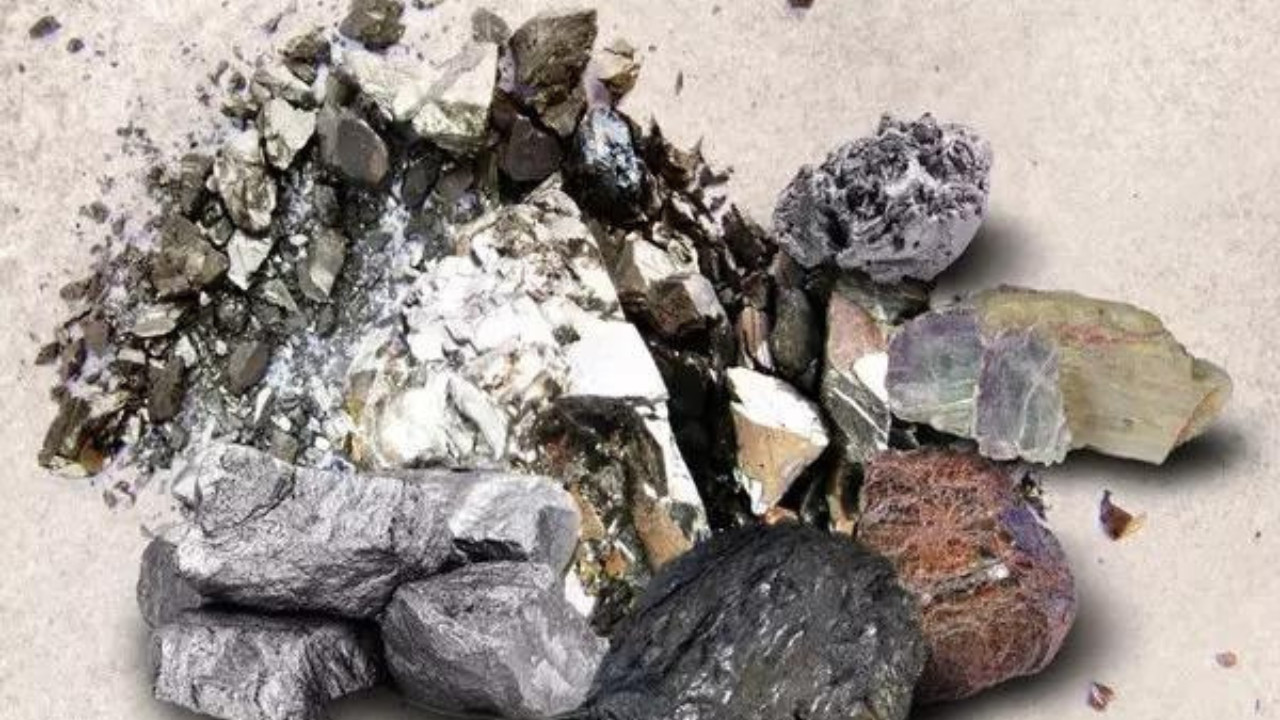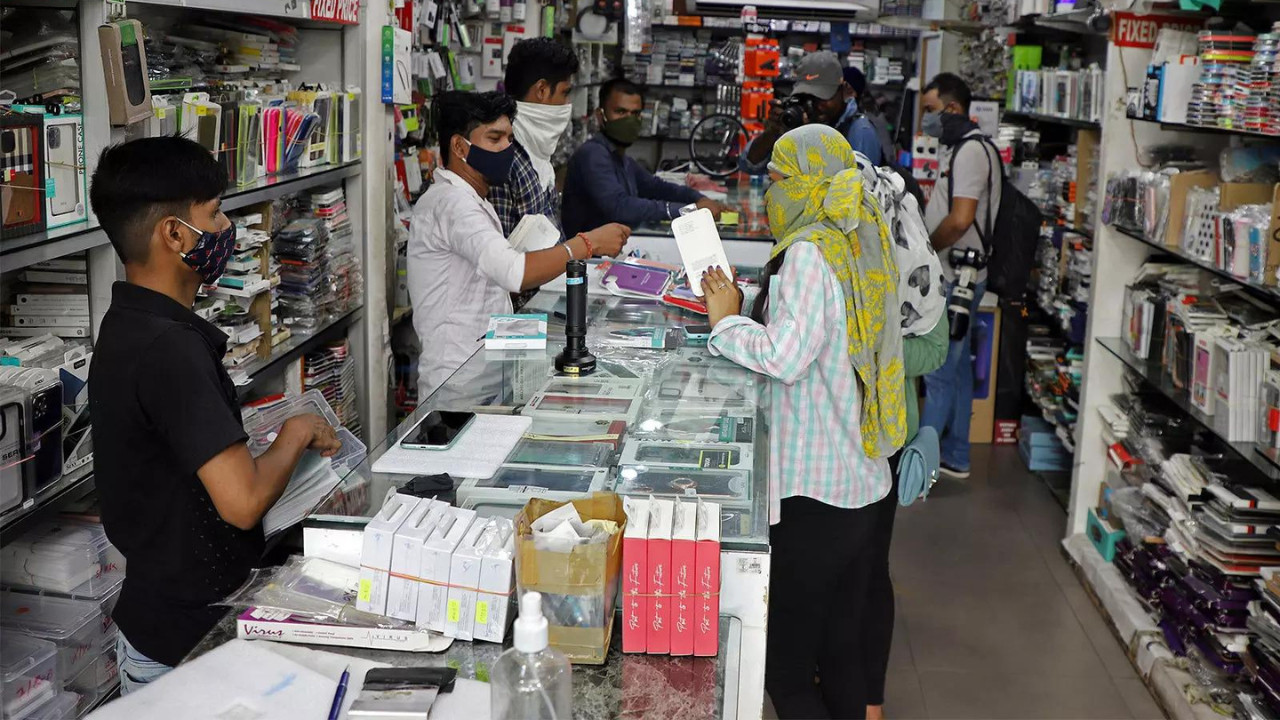The Union Cabinet has approved a Rs 1,500 crore incentive scheme to boost domestic supply chain resilience by promoting e-waste and battery waste recycling for critical mineral extraction. Running from FY 2025-26 to FY 2030-31, the scheme supports both established and new recyclers, offering capex and opex subsidies to build recycling capacity and generate jobs.
The Untapped Goldmine Beneath Our Feet: India’s Bold Move on Critical Mineral Recycling
For years, we’ve been hearing about the looming critical mineral crunch. The world’s accelerating adoption of electric vehicles, renewable energy, and advanced technologies hinges on access to a handful of elements – lithium, cobalt, nickel, and graphite, to name a few. These aren’t just commodities; they’re the building blocks of a sustainable future. And right now, they’re in short supply.
But what if we could unlock a new, reliable source of these vital resources, right here at home? That’s the tantalizing promise behind India’s newly approved ₹1,500 crore incentive scheme, a game-changing initiative aimed at boosting critical mineral recycling.
The move, recently greenlit by the Union Cabinet, signifies a profound shift in India’s resource strategy. It’s an acknowledgement that we can’t solely rely on imports or primary mining to meet our growing demand. Instead, we need to think circularly, viewing end-of-life electronics, batteries, and industrial waste not as trash, but as treasure troves waiting to be unlocked.
This isn’t just about securing our supply chains; it’s about building a more resilient and environmentally responsible economy. Mining virgin resources often comes with significant environmental costs, from habitat destruction to water pollution. Recycling, on the other hand, offers a cleaner, greener alternative.
Why Now? The Perfect Storm for Recycling
Several factors have converged to make this initiative particularly timely. First, the global demand for critical minerals is skyrocketing. The energy transition is creating an unprecedented need for these materials, and traditional supply chains are struggling to keep pace.
Second, India’s own consumption of these minerals is rapidly increasing, driven by its ambitious goals in electric mobility and renewable energy. We simply can’t afford to remain heavily reliant on imports, which are often subject to geopolitical volatility and price fluctuations.
Third, advancements in recycling technologies are making it increasingly feasible and economically viable to extract valuable minerals from waste streams. Sophisticated processes like hydrometallurgy and pyrometallurgy are now capable of recovering high-purity materials from complex sources.

The Incentive Scheme: A Catalyst for Growth
The specifics of the incentive scheme are designed to encourage private sector investment and innovation in the critical mineral recycling sector. The ₹1,500 crore allocation will be used to provide financial support to companies setting up recycling plants, developing new technologies, and scaling up existing operations.
This financial boost is crucial, as the initial investment costs for establishing a recycling facility can be substantial. The scheme aims to de-risk these investments and create a more favorable environment for entrepreneurs and established players alike.
The government’s goal is ambitious: to achieve a recycling output of 40,000 tonnes of critical minerals annually. While this is just a starting point, it represents a significant step towards self-sufficiency and a more circular economy.
Beyond the Bottom Line: The Wider Benefits
The benefits of a thriving critical mineral recycling industry extend far beyond just securing access to resources. It will also create new jobs in manufacturing, engineering, and logistics. It will foster innovation in recycling technologies and materials science. And, crucially, it will reduce our environmental footprint by diverting waste from landfills and reducing the need for primary mining.
This initiative also aligns perfectly with India’s broader commitments to sustainable development and climate action. By promoting resource efficiency and reducing our reliance on fossil fuels, we can build a cleaner, greener, and more prosperous future for all. To further support the growth of sustainable industries, explore the opportunities within India’s burgeoning green hydrogen sector.
The Road Ahead: Challenges and Opportunities
Of course, building a robust critical mineral recycling industry won’t be without its challenges. We’ll need to develop effective collection and sorting systems to ensure a steady supply of feedstock for recycling plants. We’ll need to streamline regulations and permitting processes to reduce bureaucratic hurdles. And we’ll need to invest in research and development to further improve recycling technologies and reduce costs.
But the opportunities are immense. By embracing a circular economy approach to critical minerals, India can not only secure its resource needs but also become a global leader in sustainable resource management. This is a bold move, a necessary move, and a move that could reshape our economic and environmental landscape for the better. India’s commitment to critical mineral recycling marks not just a policy change, but a crucial step towards a future powered by innovation and sustainability.







